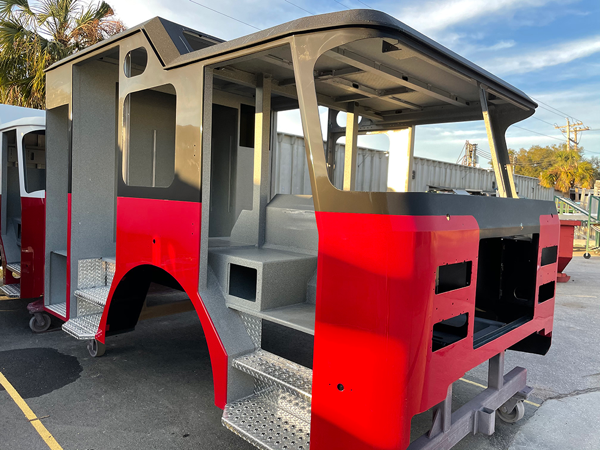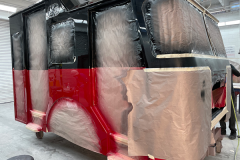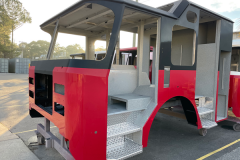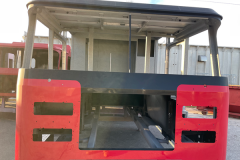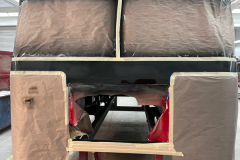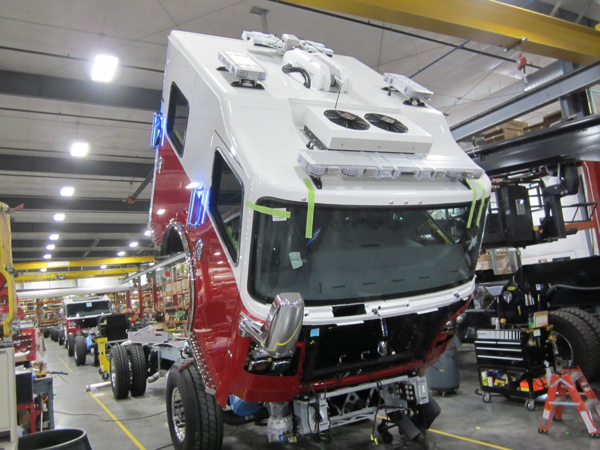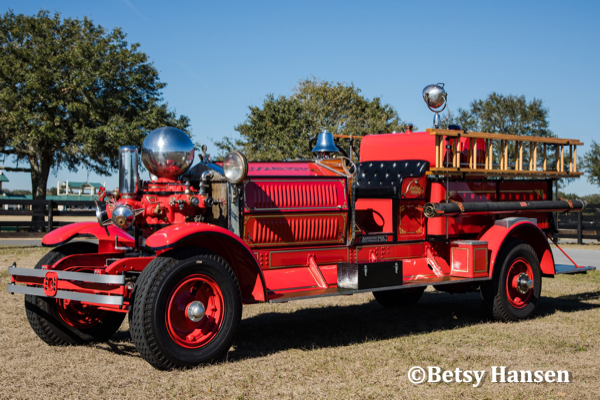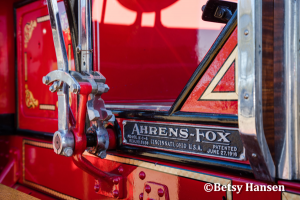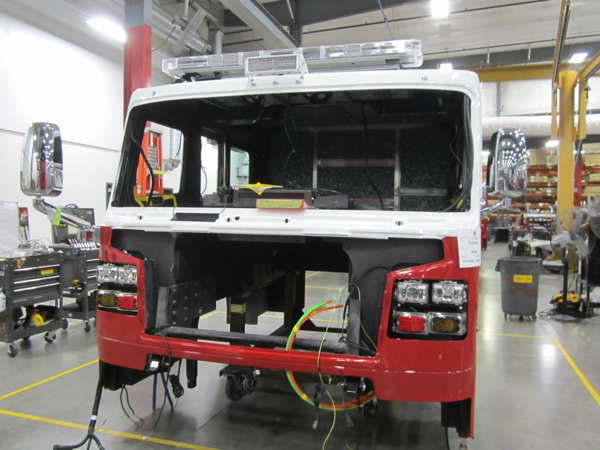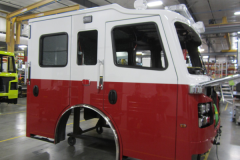Excerpts from nbcchicago.com:
After a passerby called 911 about 3:45 a.m. on Monday, Aurora firefighters arrived outside a two-story home in the 500 block of Spruce Street and found three young children who said their mother was still inside.
One firefighter was hurt as they moved the mother out a window of a second-floor bedroom, which suddenly caught fire. The 51-year-old captain was treated for burns to his upper back, neck, and ear. The 39-year-old mother was taken by paramedics to Mercy Medical Center in Aurora, where she was pronounced dead.
The cause of the fire remains under investigation. The home was deemed uninhabitable, and there was no working smoke detector. The estimated loss was $85,000.
